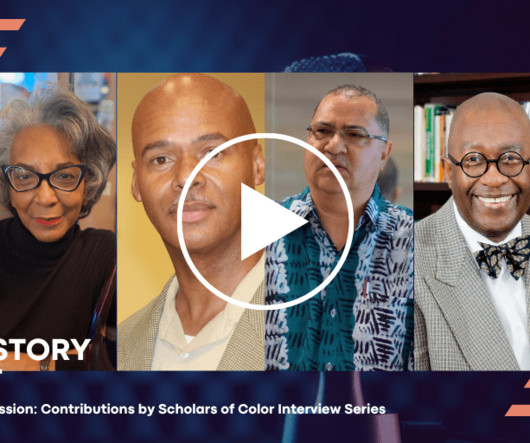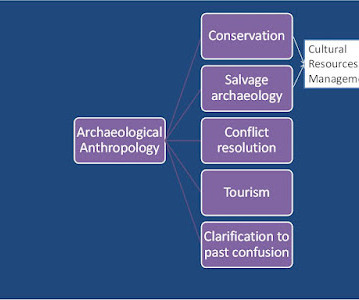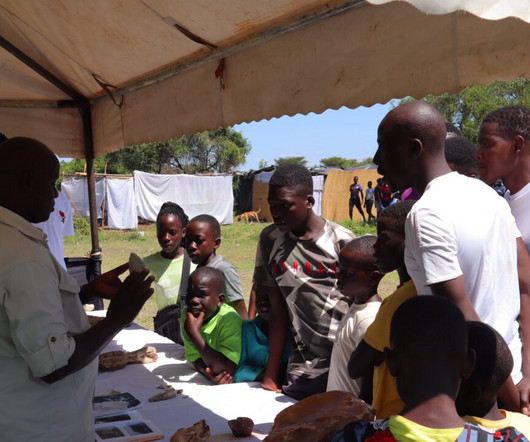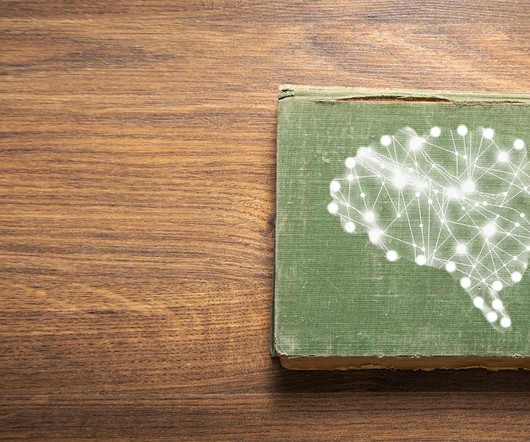APSA Oral History Project: Contributions by Scholars of Color Interview Series
Political Science Now
NOVEMBER 15, 2024
As part of an ongoing series examining Contributions of Scholars of Color , the APSA Diversity and Inclusion Department conducted a a second set of oral history interviews during the 2024 National Conference of Black Political Scientists (NCOBPS) Annual Meeting held in Los Angeles, California.















Let's personalize your content